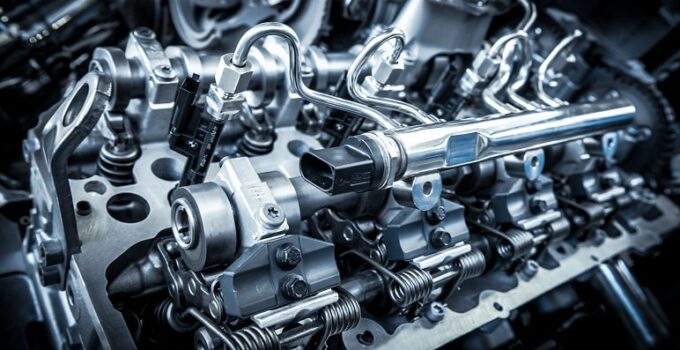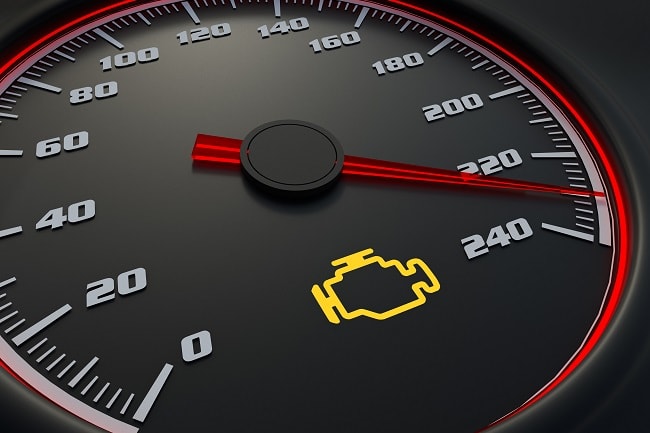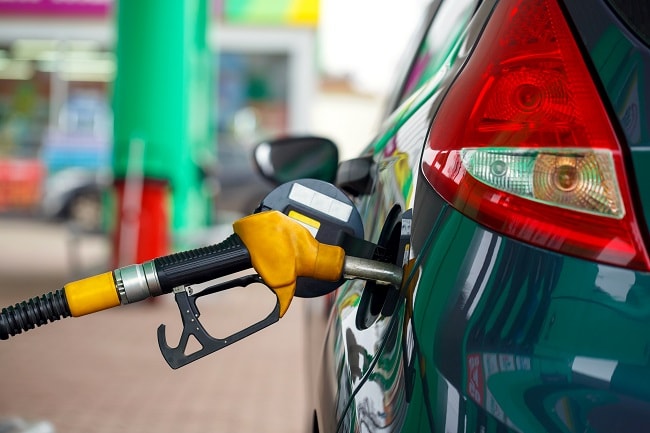
An engine misfire is a malfunction in which one or several cylinders not working. They cause excessive wear and overheating of the engine. In addition, the surfaces of the pistons and cylinders rub against each other. In the following we explain how you can identify and fix this problem.
Five signs of a defect
- The engine jerks when idling. Sometimes the vibrations are so strong that you can feel them through the steering wheel, shifter and body. Also, the engine idle speed is unstable.
- Reduced engine power. Malfunctions can often be detected during engine operation, if there is a jerking when the accelerator pedal is pressed. The check engine warning light may come on on the dashboard.

- Carbon deposits on the spark plugs and cracks in the ignition cables. These are usually easy to spot by examining the various components.

- Unusual noises during engine operation . For example, sporadic noise is heard instead of a constant hum.
- Increased fuel consumption. This is typically caused by carburation and fuel injection problems.

Three causes for engine misfires
- Problems in the ignition system. Defective spark plugs, damaged ignition coils and high-voltage cables, or incorrect adjustments can cause the engine to fire too early or too late, which in turn impedes the combustion process of the fuel-air mixture and leads to an engine malfunction.
- Faulty fuel supply and mixture formation. Dirty fuel injectors and defective solenoid valves, a clogged air filter, leaks in the intake system, fuel supply system or brake booster can all result in a lean or rich fuel-air mixture, which affects combustion efficiency. A malfunction in the air mass meter, the throttle position sensor or the idle controller has similar consequences.
- Leaks in the combustion chamber. These are usually caused by the combustion of the valves, pistons and cylinder head gasket as well as abrasion on the cylinder surface. They can also be caused by incorrect valve settings, defective lifters (or hydraulic lifters), or incorrect valve timing.
Six tips from CarTipsandmore
- Replace consumables in good time. For example, air filters should be replaced every 10,000-15,000 km. Depending on their type, spark plugs can last 30,000-100,000 km and fuel nozzles 100,000-120,000 km.
- Clean the injectors regularly, about once a year. To do this, mix the fuel with a special additive. If it is very dirty, you should visit a workshop.
- Only use high-quality motor oil. The products of wear and tear of the engine can cause it to overheat, bind piston rings and destroy elements. It is recommended to change the lubricant and oil filter every 10 000-15 000 km.
- Use good quality fuel. This will prevent carbon build-up on engine component surfaces.
- Occasionally run the engine at full speed. This will briefly increase the combustion chamber temperature to 500 °C and free the tips of the spark plugs from deposits.
- When servicing the engine, tighten all threaded connections to the torque specified in the car's technical documentation. This will ensure the tightness of all connections and the integrity of the sealing elements.
Conclusion
Engine misfire does not only affect engine performance , but are also a sign of serious defects. Because of this, it is important to perform an accurate engine diagnosis at the first sign of a problem and repair the fault as soon as possible. Timely maintenance of the engine guarantees you long, trouble-free operation.
